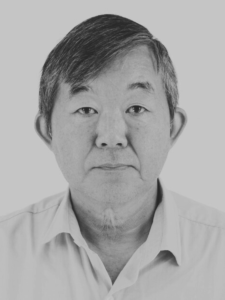We are pleased to welcome Professor Michael Serpe as the new Associate Editor for Sensors & Diagnostics. Michael Serpe is a Professor of Chemistry at the University of Alberta with a focus on developing innovative, stimuli-responsive polymer technologies. His work has contributed to the fields of environmental science and healthcare, particularly in the development of polymer-based sensors and biosensors.

Professor Serpe’s academic journey began with a B.S. in Chemistry from the University of Central Florida, followed by a Ph.D. from Georgia Tech. After postdoctoral research in both industry and academia, he joined the University of Alberta in 2009, achieving the rank of Full Professor in 2018. Alongside his role as Associate Dean of Graduate Studies in the Faculty of Science, Professor Serpe leads a research group widely known for its work on stimuli-responsive polymers.
One of the group’s standout innovations is the creation of “etalons,” stimuli-responsive polymer-based sensors with wide-ranging applications. Initially focused on building a fundamental understanding of etalons, Professor Serpe’s team now uses them to develop point-of-care diagnostic devices. Their recent work includes the development of a portable sensor for detecting orthophosphate (PO43–) and adapting glucose test strips for COVID-19 antibody detection. These technologies have potential applications in both environmental monitoring and healthcare diagnostics.
We are excited to have Professor Mike Serpe on board, and we look forward to his contributions to Sensors & Diagnostics. His expertise in stimuli-responsive polymers-based biosensors will bring a fresh perspective to the journal’s mission of highlighting cutting-edge research in the field.
Head over to LinkedIn and join us in welcoming Professor Serpe to the Sensors & Diagnosis Editorial Board!
|
Sign up now to get updates on all articles as they are published on Twitter and in our e-alerts. |




